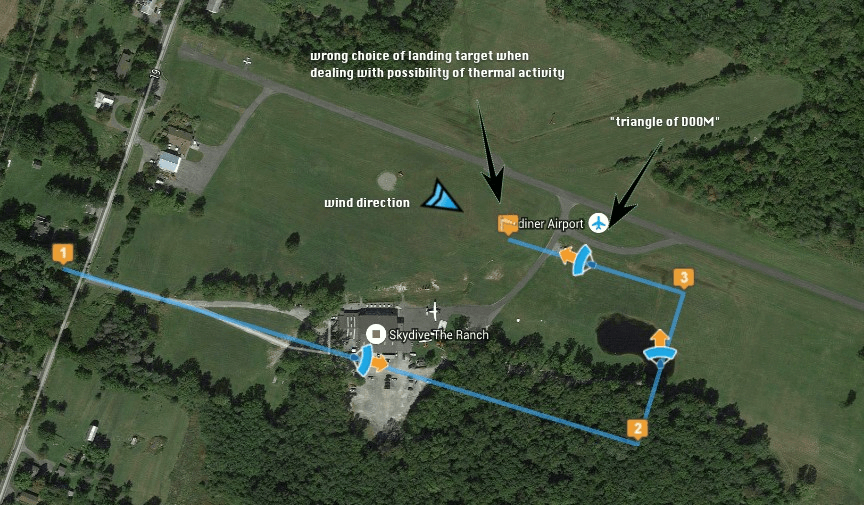
Surviving the “Triangle of DOOM” or how to increase your general probabilities to walk straight.
Justin’s recent post (my personal applause to the author for sharing this with us all) has sparked a very lively interest, questions and the discussion on FB group and I wanted to elaborate a little on this topic for few reasons. First of all another WAZ boogie (one year anniversary of the incident mentioned above) is upon us and it looks like we might have to deal with funky winds again. Moreover, I am thinking to add this particular case (surely with Justin‘s kind permission … I hope … “all the names and credit cards’ numbers will be encrypted of course”) to our Level I Canopy Course for generations to remember. We all learn the best from the real stories and I think this one is going to be very helpful for others to learn from.
But before I do this I wanted to go in details about this particular episode and perhaps answer some questions about thermals, “triangle of DOOM” and increasing your probabilities while jumping in “dodgy” conditions. SO here it is for your judgement the detailed explanation with graphics. I hope it makes sense and please tell me if I can improve on it of course or/and if you see a better way of pursuing the info.
The story
There was a very weird weather that few days during the 2015 WAZ boogie. Jumping was on hold during most of the day on Saturday so most of us started party early and did it as hard as we always do it at the Ranch. Sure enough everyone were a little slower than normal next day as dehydration was ruling our systems. On top of this the night between Saturday and Sunday was REAL cold for June. The temperature was in lower 40F that night. Next day warm weather came fast and tarmacs heated up quickly by noon while grass was still cold. This difference in the temperature creates thermals. Thermals are hot air that comes up from the ground. But wait … why should we worry about thermals at all? What kind of problem do they create?
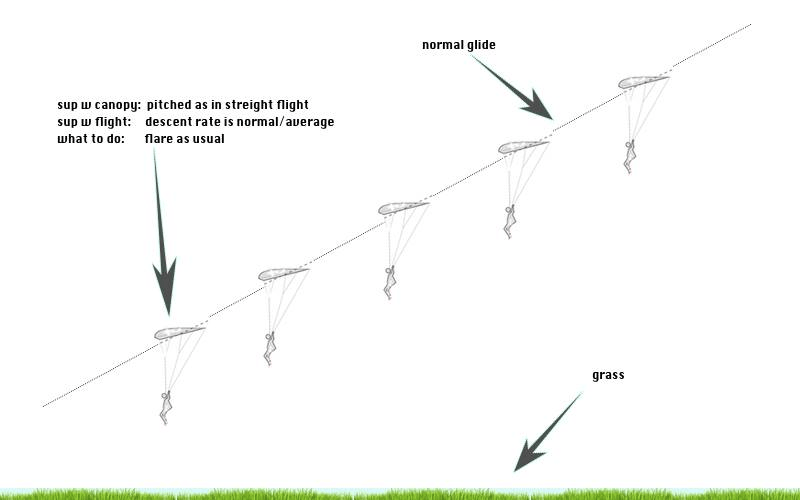
Problem number one is that the thermals usually operate close to the ground – even worse they live exactly where we start to get the “shell we flare” thought. What happens to our canopies when we get in one? Have a look at the attached picture.

Hot air that usually comes up from a tarmac, lifts your canopy while changing its pitch slightly up. Since pitch is our main gas pedal our air speed also start decreasing (hate that feeling). However even worse what happens next since “what comes up must always come down”. When your canopy finally flies over a thermal it suddenly loses the upward going push created by the the thermal. This causes the canopy to pitch down more aggressively than in normal flight. The descent rate increases while the canopy is trying to gain its speed equilibrium back. So here you are descending faster than normal very close to the ground.
Is there any ways to survive in this situation? What should you do? Surely you should flare. You should flare without hesitation. You should flare more aggressively than normal and hope that your reaction time beats the lack of altitude plus the increase in your descent rate. The matter can be worsened if you are not 120% sure about appropriate height of the flare in the first place. But let’s say you know where to flare so all you have to do is to react fast. What else can you do to increase your chances to walk away from the landing in this case? Knowing the bad and good spots to land and being able to accurately and consistently put your canopy in the good spot will increase your chances dramatically.
So here is all your probabilities summed up for you
- Thermals and funky winds (can you identify these conditions when you look around?)
- Your good reactions (this is combination of your personal abilities plus how you feel that particular day)
- Your flare skills (this is combination of your piloting skills, currency on your current wing etc)
- Knowing where NOT to land based on current weather condition (this is about choice of landing target and knowing bad spots to land)
- Being able to accurately land in the good spot EVERY time (this is about canopy piloting skills and being able to perform consistently
- Canopy type (slower ones are more likely to be affected by the thermals)
So … TO JUMP OR NOT TO JUMP. That is the question. Have a look at the list above. Put a plus or a minus next to all these 6 points. How many minuses did you get out of 6? Let this number be your guide you next time when you are deciding to put yourself on the load in funky winds … and then … there is a size of your cahoonas … but … hey … it will be an entirely different subject 😉
Thank you guys for your attention and sorry if I’ve bored you with the old information. If the information was not old please talk to me about the canopy piloting education since I has some for you 😉
Big thanks as usual our bestest application of ALL times : Z Spot Assist App !!!
I love you ALL crazies! Stay safe!





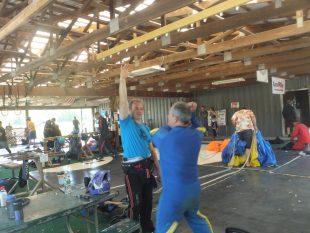
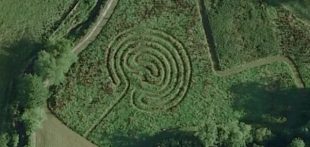



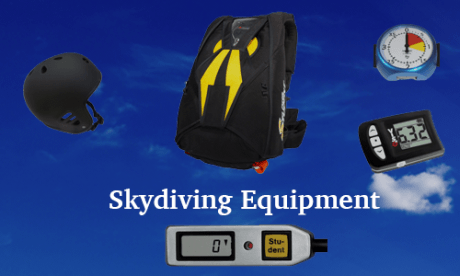


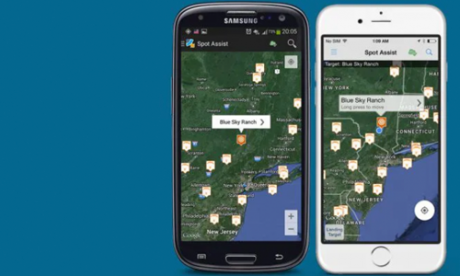
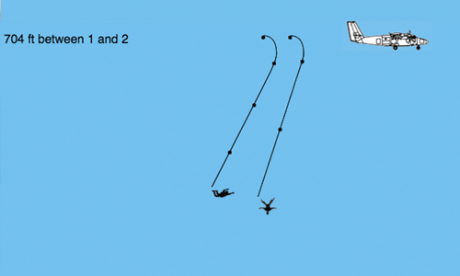
0 responses on "Surviving the "Triangle of DOOM""